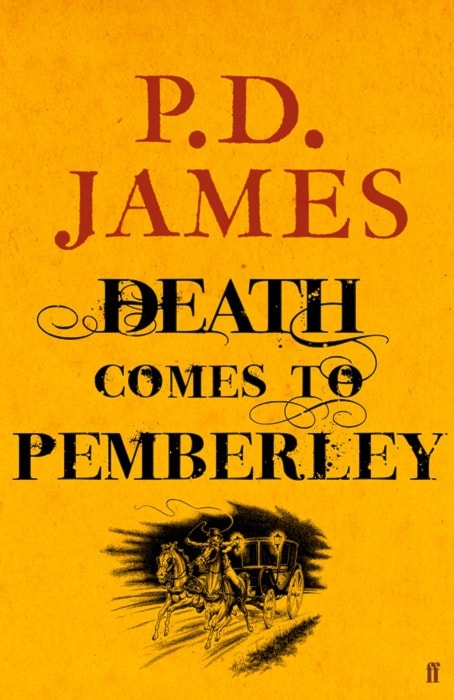One of the most difficult tasks I regularly face is weeding the collection. Well, maybe I should say one of the difficult tasks I try to avoid. The number of library items weeded needs to be approximately the same as the number of items added to the collection. We have reached critical mass on library space. On an average year, we might add 1,000 items, which means there has to be room enough to put them on a shelf. There are some anomalies to the general principal, the latest being the inclusion of e-books into the collection, they require no physical space.
We also no longer purchase videos but have increased our DVD collection substantially. There are completely differing space requirements between the two formats; however, the videos remain popular and not many have been weeded.
There are also basic and professional criteria for weeding and each library is somewhat different in how it chooses the material. As a professional librarian, my own choices for reading or viewing material get no special considerations and I adhere to policy established by the board. If I were picking and choosing material using my own standards as criteria, I would completely eliminate material in the children’s area that exist only as marketing tool for a much broader range of “products”.
The basic guide to weeding involves checking statistics: how many times the item has been loaned out, when it last left the library and how many of those loans were interlibrary. Another major consideration is the condition of the item. Children’s books, especially, are subject to a lot of wear and tear, and often display evidence of snacks eaten while looking at the books. DVDs are easily scratched and ruined; paperbacks have far less time on our shelves than hardcover books and CD cases fall apart too easily for prolonged library use.
In a 2004 column in Wired magazine, Chris Anderson did a column entitled “The Long Tail,” where he gives the example of Jon Krakauer’s book, Into Thin Air, published in 1998. The book became a publishing sensation and as a result, another book published in 1988, called Touching the Void, by a British mountain climber also rose to the top of the sales lists. It sold almost none when it was first published.
This “long tail” also pertains to library use, the same thing holds true but on a lesser scale. What I weed from our collection might be needed by another library (the interlibrary loan network has enabled one small library like ours to have access to a massive collection of books) and I have to recognize this potential. If all the libraries weeded out all the books not taken out in the past few years and those with little circulation, what happens to the classics, to things like the Dorothy Sayers mystery collection first published in the 1920s and brought back by television or to the P.G. Wodehouse books, also first seen in the early 1900s, and only recently re-popularized, much to my delight?
We have a current example of how the “long tail” works. One of our patrons has very generously donated to the library the latest P.D. James novel (for the purposes of readers’ advisory, I immediately took it home and am reading it now). James is a British mystery writer of the very highest calibre and this latest book is one she has worked on for years and a deviation from her usual approach to a story. She also loves Jane Austin. Death Comes to Pemberley uses Jane Austin’s Pride and Prejudice as its starting point. The James readers are going to want to re-read Pride and Prejudice or, as in my case, watch the BBC production staring Colin Firth. As anyone can tell you, it is the ultimate in a “chick flick”. Interest in Jane Austin will be revived and other titles and books related to her and her family will pick up readers in libraries everywhere.
To end, we have had enough inquiries about downloading e-books into new e-readers that we have decided to put our tech person to work and offer a tutorial for any interested patrons at 1 p.m. Jan. 21. Bring along your e-reader, tablet or what ever device you are using to download e-books or audiobooks. There is no cost for the course.
Ann Day is the chief librarian at the Creston and District Public Library.
